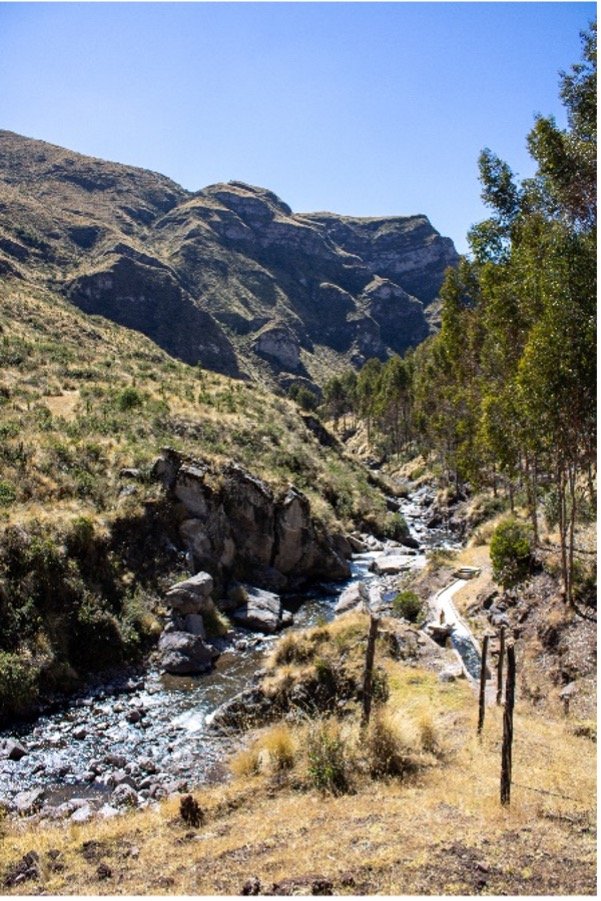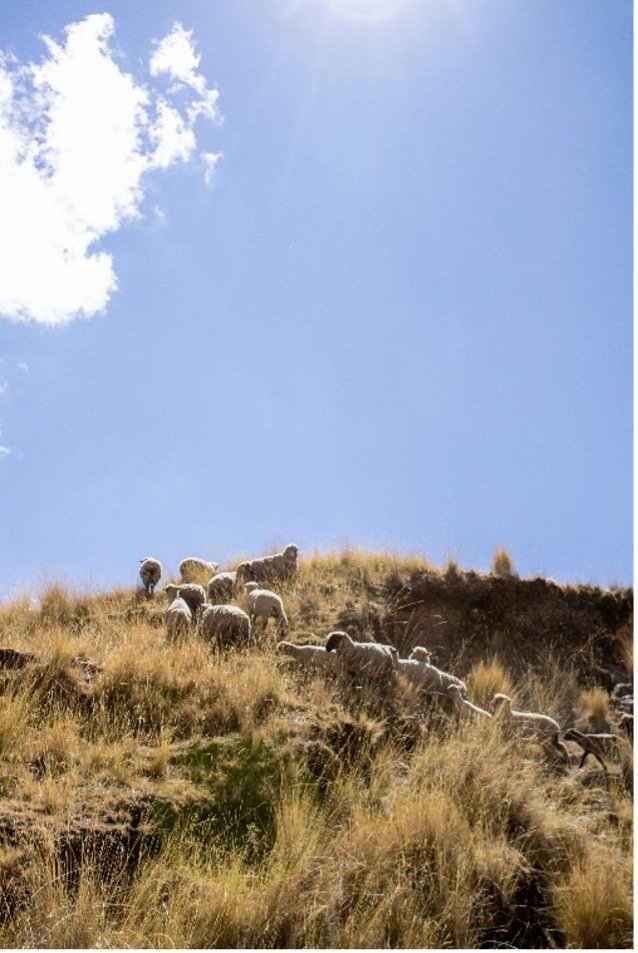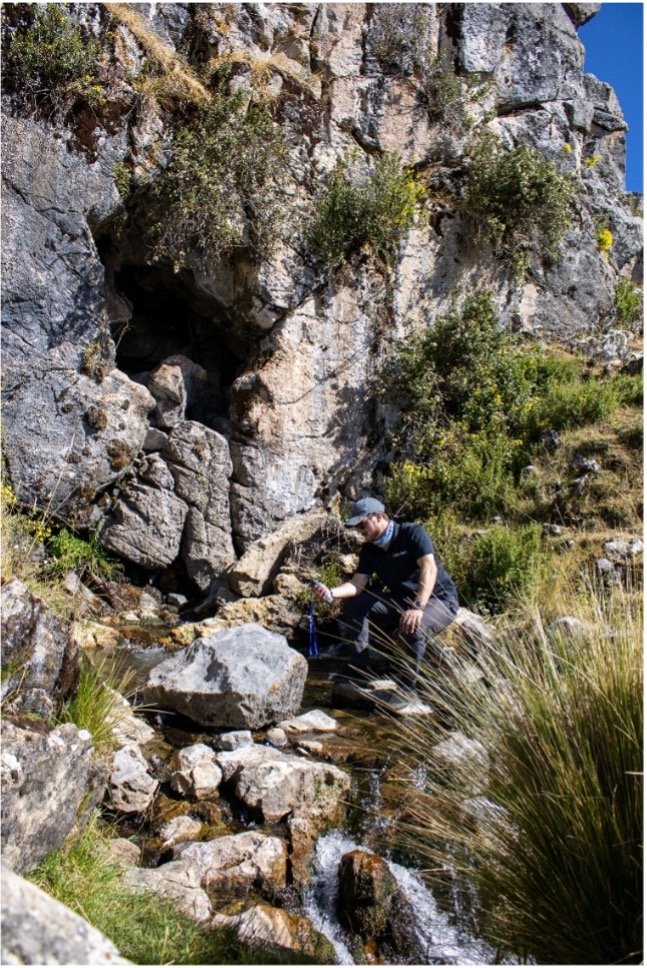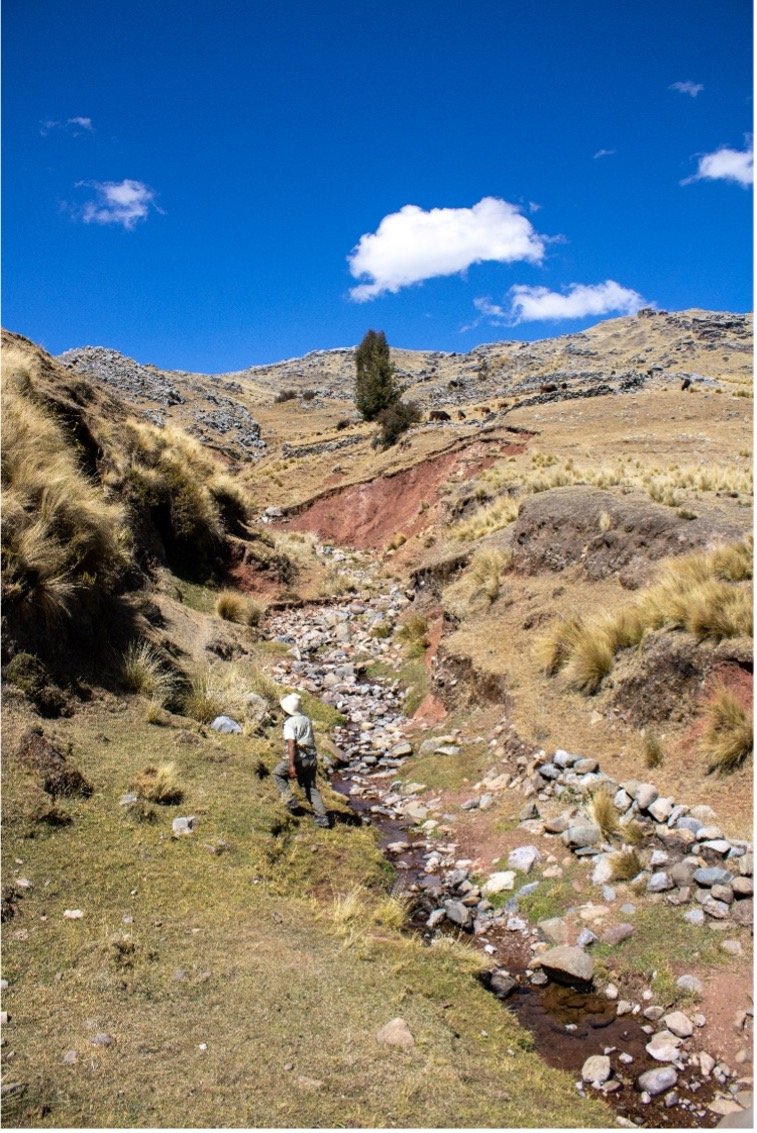Creating Sustainable Water Access
Water is available in abundance in Totora, one of several communities that we at 33 Buckets have partnered with in the Ccorca District of Peru. As the need to achieve water security has been given critical focus globally, see how this community has rooted a sustainable water supply into its structure.
Creating water security in a community means ensuring two primary conditions are met:
1. Does the community have enough water?
2. Is the water clean?
In the community of Totora, 33 Buckets has partnered with members of the local government and water management team to address the issue of water treatment. Together, we have implemented and assessed experimental methods of chlorine disinfection with the goal of delivering clean water to residents using the lowest-cost, least labor-demanding approach possible.
But it is apparent that long before our team began collaborating with the rural farming community, the ancestors of Totora’s citizens created the foundation for achieving full water security by addressing the first step: providing the population with a substantial amount of water.
From the center of Totora, the only water source in sight is a raging river in the valley below. Upon first visit, I assumed that this river supplied not only all of this area's reservoirs, but those of every community across the surrounding Ccorca District as well.
When we set off with a member of the local water management volunteer team to take water samples for testing from one of the water capture points, I was amazed to realize that we were not going to check out that river below – instead, we went up, over 7 miles into elevated fields full of golden potatoes and grazing sheep, an area designated as Totora Alta.
Hidden between the rolling hills is the source of life for the crops and cattle grown and cared for by the people of Totora, a seemingly narrow spring runs for miles and miles on a slight decline. The most amazing sight is the natural rocky structure from which the water flows. Towering over 50 feet tall, this structure is a fitting sight, given how essential its existence is in allowing life to prosper in the area.
Still, I remained curious about its connection to Totora’s city center. The spring crossed through the farming area but turned off far before nearing the housing and water reservoirs below.
Focused on our objectives around improving water quality, I allowed that question to stay unanswered for over a month. To my gratitude, we had an opportunity to take a morning hike back through Totora Alta on our last day of work in the community for the summer. Guided by resident Leo Quispe, I finally got to learn about the work that had been done long before the modern day to create the grounds for Totora.
I learned that from the running spring above, four different wells of water just below the earth had been discovered. What started as daily trips to collect water from these areas soon turned to an idea to reroute all of the water to a central storage site – one resemblant of the reservoir where our chlorine disinfection testing was taking place.
The history of Totora’s water access has ensured that today, providing enough water for residents can be done without difficulty. By continuing to utilize the natural gravitational flow of water from above, the community has avoided the cost and energy involved in pumping water up from the river below. Totora is a prime example of a community that has ensured sustainable access to water by design, with minimal environmental disruption, from its beginnings.
With abundant water available for use, 33 Buckets has been able to keep the partnership focused specifically on the filtration and disinfection of the water for drinking. For the past 6 months, our SICLOP prototype has been running in Totora with consistent testing, showing promising signs of longevity. Soon, we hope to implement this system in the several other communities that comprise the Ccorca District, ensuring full water security for all residents.
Read more about our partner community, Totora, here.
Read our other blog posts about how we work:
Learn about our water implementation projects:





